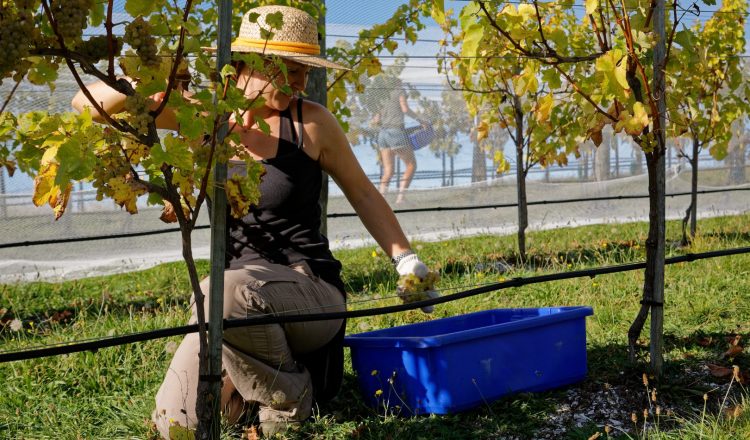Curriculum vitae (CV)
Writing a CV that will catch the attention of a potential employer is no easy feat. However, there are some tips and trips that can help you out.
Don’t make it too long
CVs are usually only two or three pages long in New Zealand. You don’t want to make your CV pages and pages long and bore whoever is reading it. Make sure you have all the essential information in that is relevant to the job you are applying for. If you have information in there that isn’t relative and won’t impress your potential employer then you need to take it out. It is about quality not quantity.
Show off skills that will get you the job
Your CV should be tailored to whatever job you are applying for. Make sure it is full of skills and experience that is relevant to the job and can showcase why you should be in the role. Take a look at the job specification for the role you are applying for and try and find skills and experience that can link to the points in that and make sure they are included somewhere in your CV.
Add references
Employers have no way of knowing if you are as good as your CV might be saying you are. This is why a lot of employers will rely on references from previous roles you have had. If you have any good references, then make sure you include these. This can help you stand out from the crowd and could land you the all-important interview over someone else.
Check for grammar and spelling mistakes
Some employers won’t even consider hiring someone if there are grammatical and spelling mistakes in a CV. Use spell check and then give it to someone else who has fresh eyes on it, to go over and check it all.
Include a cover letter
Having a great CV is important, however you also need to ensure you have a cover letter that you can send them that is also really enticing and interesting. The cover letter should include:
- Why you want the job
- What you can offer the employer
- A highlight of your skills, qualifications and experience that you have that match the job

















































